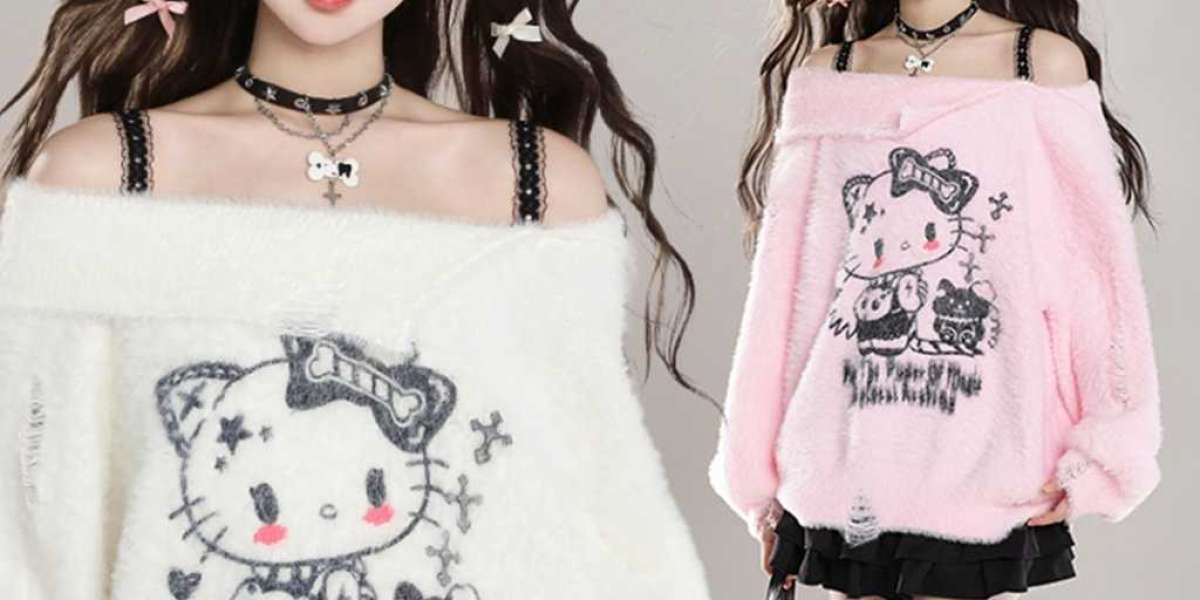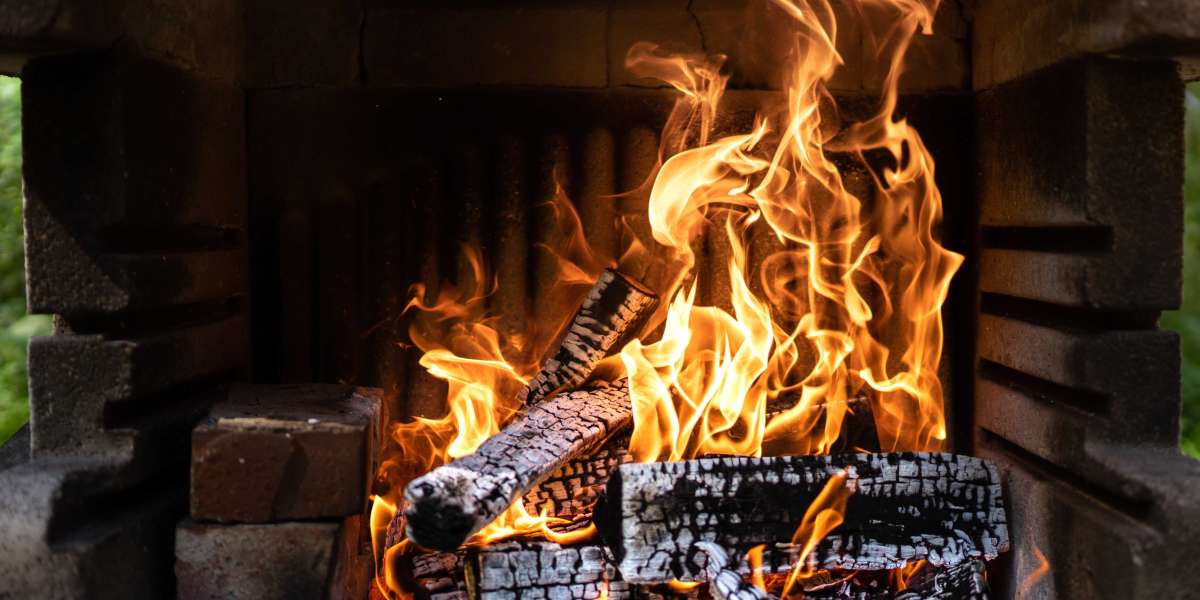Introduction:
Lately, there was a rise in reputation of kawaii goth outfits, which mix elements of cute, or kawaii, vogue with darkish, gothic aesthetics. This unique type has gained a devoted following among style enthusiasts, significantly in the alternative style group. In this text, we'll explore the science behind kawaii goth outfits, analyzing the psychological and cultural factors that contribute to their appeal.
Psychological Components:
One among the important thing causes for the recognition of kawaii goth outfits lies in the psychological enchantment of the juxtaposition of cute and dark elements. The mixture of kawaii and gothic types creates a visually placing distinction that may evoke a spread of feelings in each the wearer and the observer. Research has proven that people are naturally drawn to novelty and unexpected pairings, which can stimulate the mind and elicit constructive feelings. By blending these seemingly contradictory types, kawaii goth outfits provide a recent and exciting take on fashion that appeals to these in search of a novel and unconventional look.
Furthermore, the kawaii and goth aesthetics each have their very own psychological attraction. Kawaii fashion, which originated in Japan, is characterized by its emphasis on cuteness, innocence, and playfulness. These qualities can have a optimistic influence on mood and well-being, as they are sometimes associated with emotions of warmth, comfort, and nostalgia. In distinction, gothic fashion is known for its darkish, mysterious, and edgy vibe, which may be empowering and confidence-boosting for individuals who embrace it. By combining these two styles, kawaii goth outfits offer a dynamic and versatile means of self-expression that enables people to explore totally different points of their personality and temper.
Cultural Components:
Along with their psychological attraction, kawaii goth outfits are also deeply rooted in cultural influences which have shaped their evolution and recognition. The kawaii aesthetic, which emerged in Japan in the 1970s, has since change into a worldwide phenomenon that has permeated varied features of standard tradition, together with fashion, artwork, and media. The kawaii tradition emphasizes the significance of cuteness, aesthetics, and self-expression, which have contributed to the widespread attraction of kawaii goth outfits amongst style fanatics worldwide.
Similarly, the gothic subculture, which has its origins in the punk scene of the 1970s, has also had a big influence on the development of kawaii goth style. The gothic aesthetic, with its emphasis on darkness, macabre imagery, and rebellion against societal norms, has impressed a variety of different fashion kinds, together with kawaii goth. By combining parts of both kawaii and gothic style, kawaii goth outfits supply a singular and eclectic look that displays a fusion of various cultural influences and subcultural aesthetics.
Conclusion:
In conclusion, the science behind kawaii goth outfits lies in the psychological and cultural elements that contribute to their attraction. By blending elements of cute and darkish types, kawaii goth outfits provide a visually putting contrast that stimulates the mind and elicits constructive feelings. Moreover, the cultural influences of kawaii and gothic aesthetics have formed the evolution of kawaii goth vogue, making it a popular and versatile model choice for trend lovers seeking a unique and unconventional look. As the recognition of kawaii goth outfits continues to develop, it is clear that this distinctive trend trend will stay a distinguished pressure on the planet of alternative trend for years to come.








